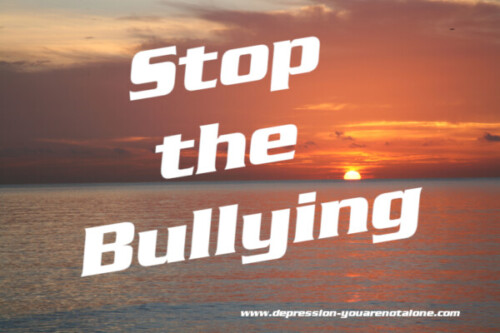As bullying is so prevalent and destructive we have decided to post a series of 10 informational articles, one per day. – Editorial Team
Cyberbullying Tactics
It is important to understand how children are cyberbullied so it can be easily recognized and action can be taken. Some of the most common cyberbullying tactics include:
- Posting comments or rumors about someone online that are mean, hurtful, or embarrassing.
- Threatening to hurt someone or telling them to kill themselves.
- Posting a mean or hurtful picture or video.
- Pretending to be someone else online in order to solicit or post personal or false information about someone else.
- Posting mean or hateful names, comments, or content about any race, religion, ethnicity, or other personal characteristics online.
- Creating a mean or hurtful webpage about someone.
- Doxing, an abbreviated form of the word documents, is a form of online harassment used to exact revenge and to threaten and destroy the privacy of individuals by making their personal information public, including addresses, social security, credit card and phone numbers, links to social media accounts, and other private data.
Viral Tactics: Examples
Because cyberbullying can happen in different ways, examples based on real-life experiences can provide a deeper understanding of the tactics typically used. Along with other risk factors, bullying can increase the risk for suicide-related behaviors. Furthermore, cyberbullying can be relentless, increasing the likelihood of anxiety and depression. Some states have chosen to prosecute young people who bully for criminal harassment, including encouraging someone to die by suicide. Some forms of cyberbullying are forms of harassment that cross the line into criminal activity, and some tactics occur in dating relationships and can turn into interpersonal violence.
The stories below are examples of different cyberbullying tactics that could happen. In reality, with the right interventions, cyberbullying can be addressed positively to lessen harm and the negative outcomes that could result. When not addressed, cyberbullying can have long-term mental health effects. Cyberbullying and bullying can negatively impact the lives of all who are involved.
Nude photo sharing
A teenage girl sent a nude photo of herself to her boyfriend while they were dating. After they broke up, he shared the photo with other children, who then called her hurtful, derogatory names via text and social media.
Lies and false accusations
A group of students got into trouble at school for being drunk, and accused a girl who knew nothing about it of reporting them to school officials. They began texting her day and night, and posted hateful, derogatory messages on social media. Other students saw their messages and joined in harassing the girl. She was bullied constantly via text, and in person at school. She eventually shut down her social media accounts and changed her phone number. Still, the bullying at schoolcontinued.
Bullied for being economically challenged
Students posted mean, negative comments on another classmates’ social media account, commenting on his clothes and sneakers, which were not the more expensive name brands most of them were wearing. They ridiculed him, calling him “poor” and continued the bullying in school. The boy missed many days of school trying to avoid the harassment and embarrassment.
False identity profile, sometimes referred to as a “Sockpuppet”
A girl’s classmate created a fake social media account in a boy’s name, and began an online relationship with her. Though she had not met him in person, the girl divulged personal information about herself and her family to this “boy.” The classmate who created the fake account then shared the personal information with other children, who used it to bully, shame, and harass the girl.
Encouraging self-harm or suicide
A young boy with a physical disability and scars on his face was harassed on social media and via text by other students. They called him derogatory names, told him he’d be better off dead. They wrote “why don’t you die?” on his school locker and encouraged him to take his own life.
Bullied for being gay
A teenage boy who was openly gay began receiving death threats via phone, text, and social media for being gay. Students created an anti-gay social media group and harassed him, posting hateful messages about him.
Jealousy bullying
A teenage girl was harassed by other girls in her class for dating a very popular boy. The girls sent her hateful messages via text and social media, and wrote derogatory messages on her school locker.
Doxing Over Online Gaming
A teenage boy posted comments on a public gaming forum, expressing his dislike of certain game features and tactics. Another user disagreed with him in the forum, then searched for the boy’s information online and posted his address, email address, and social media links in another comment. The boy then received multiple emails and messages from strangers threatening to come to his home and assault him, and to block him from games.
Source: stopbullying.gov

